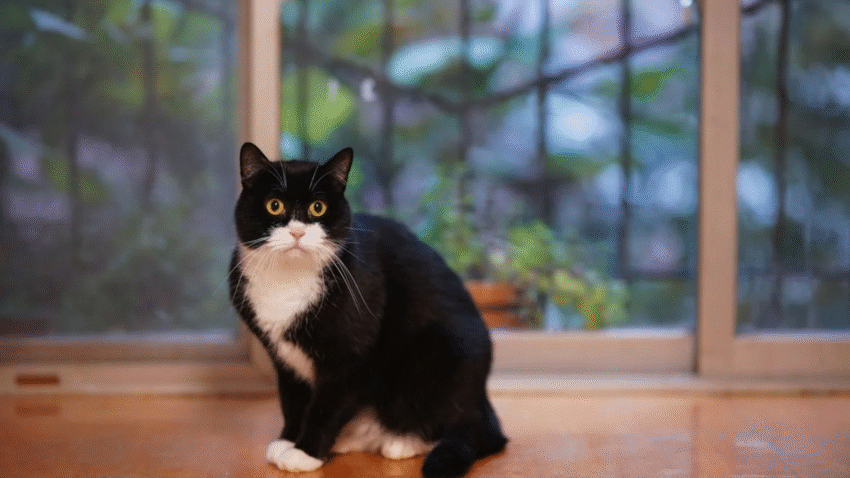Introduction
Not sure which toys are best for your growing kitten? Choosing the right toys isn’t just about fun—it’s about supporting your kitten’s physical, mental, and emotional development. In this guide, you’ll learn how to choose the best toys for kitten development, including which types are essential, what to avoid, and how to create a stimulating play environment that supports healthy growth.
Why the Right Toys Matter for Kitten Development
Play is how kittens learn about the world. The right toys help develop motor skills, sharpen instincts, reduce anxiety, and improve socialization. Whether your kitten is learning to stalk, pounce, or explore their surroundings, developmentally appropriate toys give them a safe outlet for energy and curiosity. They also help prevent behavior problems like boredom chewing or aggressive play. Choosing the right toys from the start can support a confident, well-adjusted adult cat.
Step-by-Step Guide to Choosing the Right Toys
1. Understand Your Kitten’s Developmental Stages
- 0–8 weeks: Mostly exploring with paws and mouth; soft, lightweight toys are best.
- 8–16 weeks: High energy and curiosity; toys that encourage running, pouncing, and biting are great.
- 4–6 months: Teething and rapid growth; chew-safe and interactive toys help with both comfort and stimulation.
2. Choose a Variety of Toy Types
To support well-rounded development, include different categories of toys:
a) Interactive Toys
- Feather wands, string toys, and laser pointers encourage bonding and exercise.
- These toys simulate prey and help build natural hunting instincts.
b) Solo Play Toys
- Balls, plush mice, and toys with bells or crinkle sounds can be batted around and carried.
- Great for kittens to play independently when you’re not around.
c) Puzzle or Treat Toys
- Toys that hide treats or make your kitten work to access a reward engage their brain.
- These help develop problem-solving skills and prevent boredom.
d) Teething Toys
- Soft rubber or fabric toys that are safe to chew on relieve discomfort from teething.
- Look for non-toxic materials made specifically for kittens.
e) Comfort Toys
- Soft stuffed toys provide emotional security, especially for young or newly adopted kittens.
- These toys may be licked, kneaded, or carried like a companion.
3. Prioritize Safety
- Choose toys designed specifically for cats and kittens.
- Avoid loose parts, strings longer than 6 inches, or toys with small pieces that can break off.
- Check toys regularly for wear and replace damaged ones immediately.
4. Size and Texture Matter
- Make sure toys are small and light enough for kittens to carry in their mouths.
- Vary the textures—fuzzy, bumpy, soft, crinkly—to engage their curiosity and touch sensitivity.
5. Go for Movement and Sound
- Toys that move unpredictably or make noise are more exciting for kittens.
- Consider battery-operated toys that mimic prey or toys with bells or rattles.
Common Mistakes to Avoid
1. Using Inappropriate Household Items
Rubber bands, yarn, and hair ties may seem fun but can be dangerous if swallowed or wrapped around paws or necks.
2. Overloading with Too Many Toys
Too many toys at once can overwhelm your kitten. Keep only a few out at a time and rotate them every few days to maintain interest.
3. Choosing Toys Meant for Adult Cats
Adult cat toys may be too large or heavy for kittens to use effectively. Always check the label or description to ensure they are kitten-safe.
4. Ignoring Supervision
While many toys are safe for solo play, interactive toys like strings or wands should only be used under supervision to prevent entanglement or injury.
5. Skipping Engagement
Toys are tools—not substitutes for human interaction. Avoid relying only on self-play toys. Your participation is key to building trust and social skills.
Extra Tips & Recommendations
- Create a Play Rotation Bin: Store toys in a small container and switch them out every 2–3 days. This keeps your kitten curious and avoids toy fatigue.
- DIY Options: Toilet paper rolls, cardboard boxes, or crumpled paper balls can be fun (and cheap) if monitored for safety.
- Use Catnip Sparingly: While most kittens under 6 months don’t react to catnip, older kittens may enjoy it. Use only with cat-safe toys and in moderation.
- Introduce New Toys Slowly: Sudden introduction of unfamiliar toys can be intimidating. Present new toys gently and allow your kitten to explore them at their own pace.
Conclusion
Choosing the best toys for kitten development isn’t complicated—it just requires understanding your kitten’s needs at each stage. By offering a safe variety of toys that stimulate their mind, body, and instincts, you’re giving your kitten the tools to grow into a happy, confident cat. Remember: quality, variety, and engagement matter most.
Want a thriving, playful kitten? The right toys can make all the difference—start exploring today!
